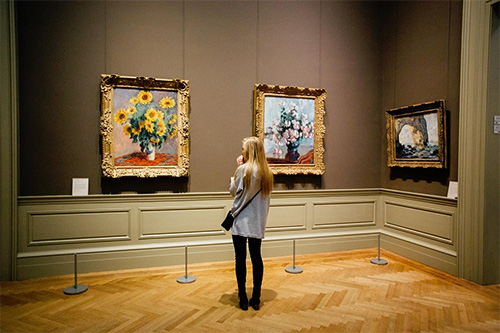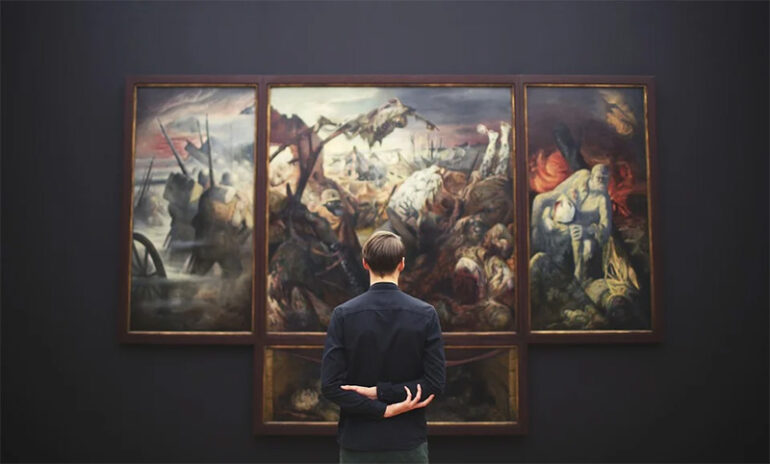Art appeals to many for various reasons. Some may use it to decorate their homes, while others view them as investments. In 2019, the art market was a $64 billion industry. However, looking back at its financial history, it’s clear that it hasn’t always enjoyed such prestige. Art sales naturally reflected global GDP, tanking with every recession then slowly recovering over time. While experts are confident that the art market will eventually get back up, there is no doubt that COVID-19 created a permanent shift in the market.
How COVID-19 threatened the art economy
Due to the risks posed by the COVID-19 pandemic, 93% of museums were forced to temporarily halt operations from January to July 2020. On top of a loss of revenue from entrance fees, gallery art sales also suffered. Art sales are dependent on onsite events and discretionary spending, both of which were also severely impacted by COVID-19. These factors led to a 36% decrease in sales in the early half of 2020.
Given this, many museums have been forced to lay off staff, and even then, they’ve struggled to stay afloat. In their mid-year report, ArtBasel claims that more galleries will face closure as the crisis persists, which poses greater losses for the art economy.
Auction houses also faced a great deal of pressure from the pandemic. While online or phone-in auctions were already incorporated into the process, in-person bidding remained the standard procedure, especially for high-value items. Auctioneers relied heavily on theatricality and face-to-face interaction to build rapport with bidders.

The role of technology
Despite the pessimism that reigned in the early stages of the pandemic, some galleries that had well-established online selling channels saw a rise in sales. In general, online gallery sales shot up to 37% in 2020, more than triple the 10% online sales achieved in 2019. 69% of galleries increased their social media activity to build and maintain relationships with patrons, while some galleries generated additional revenue by offering paid 3D virtual tours of their exhibits and selling souvenirs online.
Auctions also saw opportunities to sell through an exclusively online model where an auctioneer would relay the current highest bid, assisted by staff members who fielded online and phone-in auctions. In July, Christie’s held an online auction and raked in $420 million and 100,000 viewers.
On top of providing avenues for galleries and auction houses to make sales, technology is also allowing buyers to experience a more personalized and detailed catalog viewing experience. Websites utilize AR technology to demonstrate how pieces will look in their own homes. They also provide high-resolution photography so buyers can inspect every inch of the artwork before buying.
It’s always been predicted that technology will supplement the consumption and distribution of art, but the events of 2020 accelerated this integration. Even after the crisis has passed, it’s clear that technology will continue to play a vital role in keeping the art market alive, as well as enriching the viewing and buying experience for patrons.
Photo Attribution:
1st and featured image from https://pixabay.com/photos/people-man-art-museum-paint-frame-2589168/
2nd image from https://pixabay.com/photos/art-painting-flowers-girl-people-2571027/
